Exploring the sons of Noah in the Bible introduces us to a fascinating chapter of ancient history steeped in meaning. These three men—Shem, Ham, and Japheth—are more than just names. They represent the beginnings of nations and cultures that shaped the world as many know it.
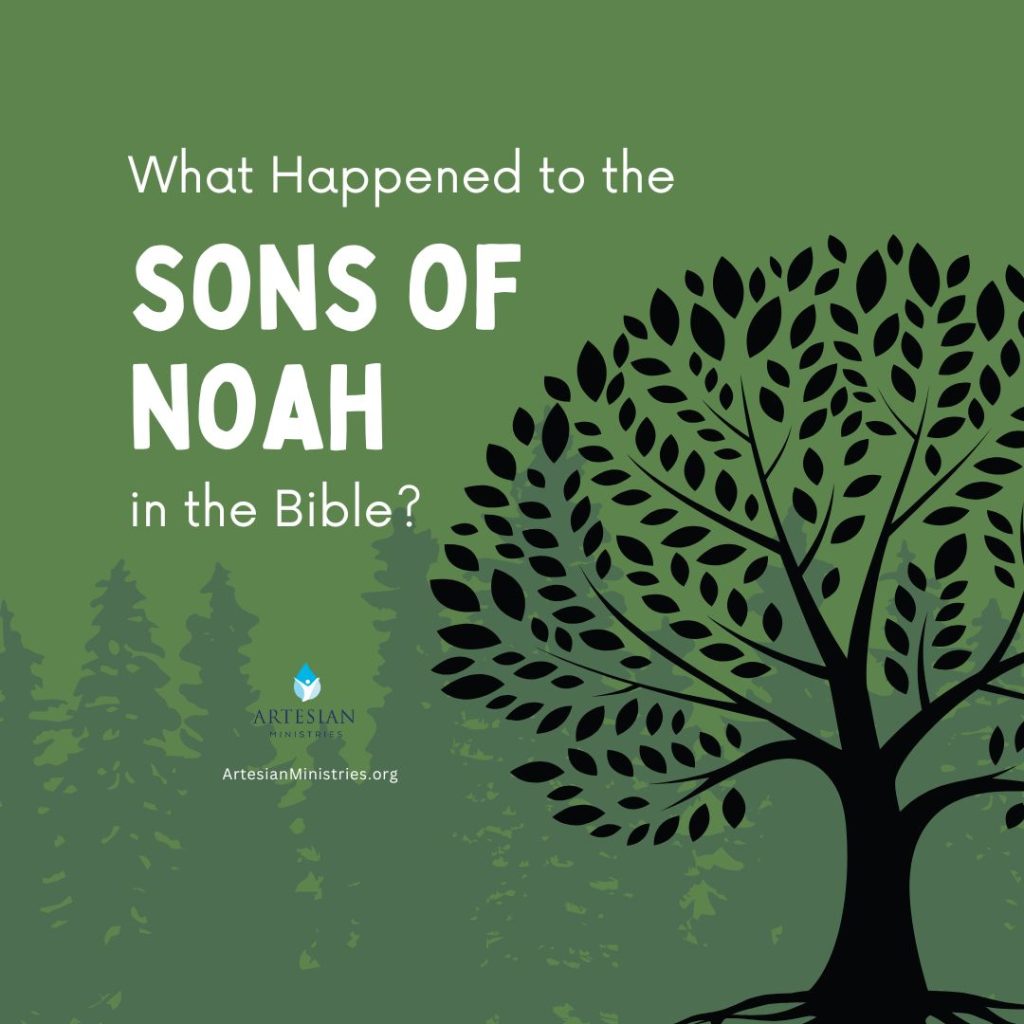
Table of Contents
- Who Were the Sons of Noah?
- The Biblical Lineage of Shem, Ham, and Japheth
- Territorial Divisions Attributed to Noah’s Sons
- The Descendants and Their Nations
- The Role of Noah’s Sons in Post-Flood Humanity
- Interpretations in Different Religious Traditions
- Historical and Archaeological Perspectives
- Impact of the Sons of Noah on Modern Genealogy Concepts
- Common Misunderstandings About Noah’s Sons
Who Were the Sons of Noah?
When you dive into the story of Noah’s Ark, the spotlight often falls on the account of Noah himself. However, his sons play a starring role in how God repopulated the earth.
The Bible names three sons during the life of Noah—Shem, Ham, and Japheth. Significantly, Noah, Noah’s wife, these three sons, and their wives were humanity’s fresh start. God wiped out every other living creature during the great flood except those on the ark.
They appear not only in the Book of Genesis but are referenced throughout biblical text to anchor historical and prophetic messages. Studying their mention across Scripture from the days of Noah enriches understanding of biblical and human history.
Understanding who these sons were helps us grasp how ancient cultures traced their origins and identities. Let’s explore the details and significance that often get overlooked.
Related: How Old Was Noah When He Died in the Bible?
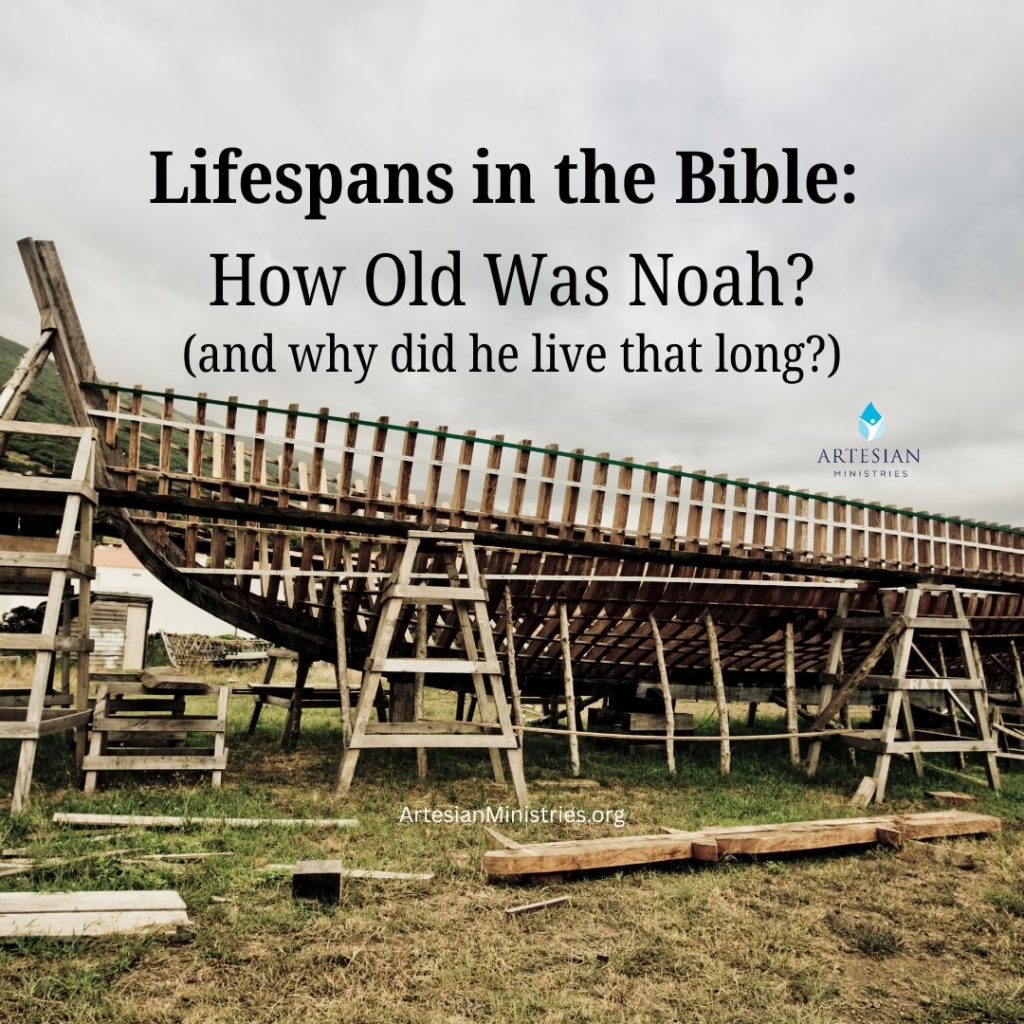
Ancestral Lines
According to the Bible, Shem, Ham, and Japheth are the direct ancestors of all post-flood people of the world. They symbolize renewal and continuity for mankind. This foundational role makes them crucial in biblical genealogies. It gives insight into ancient worldviews and God’s plan of human origins over the whole earth.
The generations of the sons of Noah stand for entire peoples or nations rather than just individuals. Their stories are not only about family drama but also contain significant biblical history about their cultural roots. Recognizing this helps you appreciate the stories as more than simple genealogy.
The sons’ descendants feature prominently in the famous “Table of Nations” in Genesis 10, acting as a bridge from biblical text to ethnographic categorization of the ancient Near East.
Related: Who Was the Wisest Man in the Bible That Ever Lived?
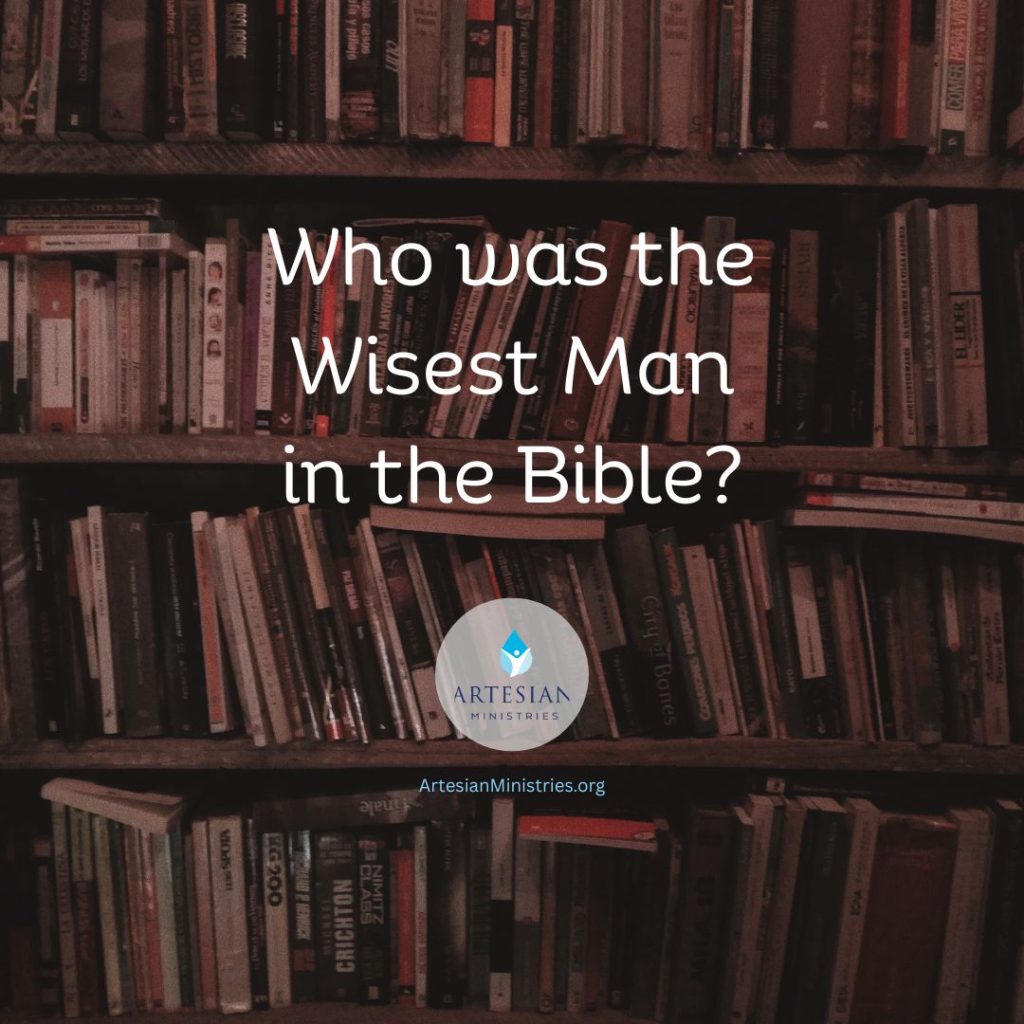
The Biblical Lineage of Shem, Ham, and Japheth
Shem, Ham, and Japheth each carry unique legacies and are considered founders of important ethno-linguistic groups.
Shem is often considered the ancestor of the Semitic peoples, including the Hebrews. Ham is linked to African and some Middle Eastern groups. The descendants of Japheth are linked to Indo-Europeans.
Much of early biblical anthropology revolves around understanding their descent and spread, turning their lineages into a framework for interpreting history and identity after the flood. Getting these distinctions right helps you see how ancient people organized their world.
There is a common myth that Shem, Ham, and Japheth are always portrayed as equal and equally blessed in the Bible. However, the Bible includes narratives, like the curse of Ham, which complicate their statuses and legacies.
Their descendants often mingled, meaning these lines were fluid and interconnected over time. Recognizing this nuance prevents rigid categorizations and acknowledges historical complexities.
The Sons of Shem
Shem, the older brother of Japheth and Ham, is traditionally considered the ancestor of Semitic peoples, which includes Jews, Arabs, and Assyrians. This connection sets up vital theological narratives about God’s chosen peoples and their neighboring cultures, providing historical resonance.
The sons of Shem are set forth in Genesis 10:22:31: “The sons of Shem: Elam, Asshur, Arpachshad, Lud, and Aram. The sons of Aram: Uz, Hul, Gether, and Mash. Arpachshad was the father of Shelah; and Shelah was the father of Eber. To Eber were born two sons: the name of the one was Peleg, for in his days the earth was divided, and his brother’s name was Joktan. These are the tents of Shem, by their clans, their languages, their lands, and their nations.”
The Sons of Ham
Ham, the younger son under Shem, is associated with African nations such as Egypt, Cush (Ethiopia), and Canaan. The descendants of Ham represent the geographical diversity mentioned in Genesis. Known as the father of Canaan, Ham’s lineage highlights both blessings and challenges narrated throughout Scripture. Records of the generations of Shem shed light on ancient intercultural relations.
The lineage of Ham is set forth in Genesis 10:6-9: “The sons of Ham: Cush, Egypt, Put, and Canaan. The sons of Cush: Seba, Havilah, Sabtah, Raamah, and Sabteca. The sons of Raamah: Sheba and Dedan. Cush fathered Nimrod; he was the first on earth to be a mighty man. He was a mighty hunter before the Lord. Therefore it is said, ‘Like Nimrod a mighty hunter before the Lord.’” Nimrod was probably the most famous son of Ham.
The Sons of Japheth
Japhethis linked to coastal and European peoples. Japheth’s territory is thought to include tribes around the Mediterranean and parts of Europe, often symbolizing outward cultural expansion and diversity. This lineage points to early biblical categorizations of the known world’s peoples.
While often associated with Europe, Japheth’s descendants include a range of coastal and neighboring peoples with diverse cultural traits. Their descendants represent fluid populations with intermarriage and migration altering group identities over time.
The lineage of Japheth is set forth in Genesis 10:2-5: “The sons of Japheth: Gomer, Magog, Madai, Javan, Tubal, Meshech, and Tiras. The sons of Gomer: Ashkenaz, Riphath, and Togarmah. The sons of Javan: Elishah, Tarshish, Kittim, and Dodanim. From these coastland peoples spread in their lands, each with his own language, by their clans, in their nations.”
Related: How Tall and Big Were Giants in the Bible?
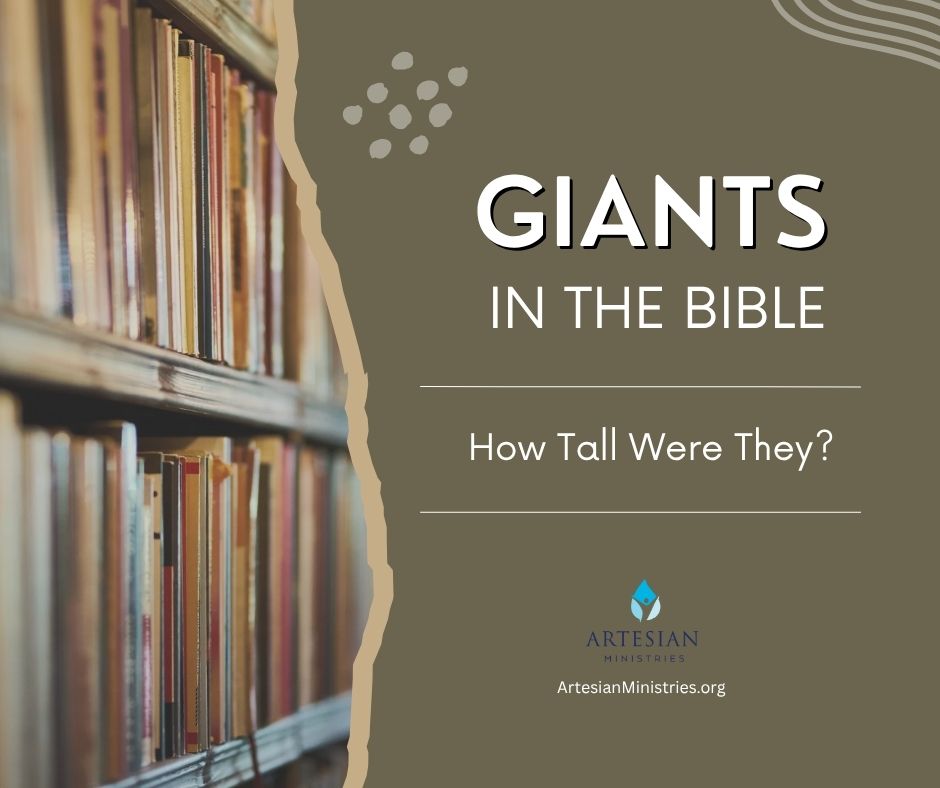
Shem and Japheth Honor Their Father
After the flood, Noah planted a vineyard and fell into a drunken stupor from his wine. “Noah began to be a man of the soil, and he planted a vineyard. He drank of the wine and became drunk and lay uncovered in his tent. And Ham, the father of Canaan, saw the nakedness of his father and told his two brothers outside. Then Shem and Japheth took a garment, laid it on both their shoulders, and walked backward and covered the nakedness of their father” (Genesis 9:20-27).
While Ham exposed his father’s sin, Shem and Japheth protected their father’s reputation. Ham was the youngest son of Noah on the ark: “When Noah awoke from his wine and knew what his youngest son had done to him, he said, ‘Cursed be Canaan; a servant of servants shall he be to his brothers.’ He also said, ‘Blessed be the Lord God of Shem; and let Canaan be his servant. May God enlarge Japheth, and let him dwell in the tents of Shem, and let Canaan be his servant” (Genesis 9:24-27).
Shem and Japheth honored Noah by covering their father’s naked body. However, since Ham dishonored this righteous man, Ham’s sons were relegated as servants to his other two brothers’ clans.
Related: What Does the Bible Teach About Having a Pure Heart?

Territorial Divisions Attributed to Noah’s Sons
After the flood, traditions suggest that the earth was divided among Noah’s sons, giving rise to different regions and peoples. This idea isn’t just abstract—it became a way for ancient cultures to understand their neighbors and themselves geographically and politically.
These territorial divisions are often portrayed in ancient maps and biblical accounts, providing clues about how early societies categorized land and ethnicity. If you’re picturing something like a neatly carved pie chart of the earth, it’s actually more like a colorful tapestry full of overlapping claims and stories.
- Genesis 10 as the Foundation: This chapter lays out which territories were associated with each son’s descendants, connecting genealogies with geography. Having this mix of family and place anchors earthly plots in divine plans.
- Shem’s Realm in Asia: Shem’s descendants mostly settled in the Middle East, covering areas like Mesopotamia, Arabia, and later Israel, giving biblical peoples their “homeland.”
- Ham’s Territories Include Parts of Africa and the Near East: His lineage is tied to Egypt, Cush (often Ethiopia), Put (Libya), and Canaan, highlighting Africa’s presence in biblical geography and the known world’s scope.
- Japheth’s Shares in Coastal and Northern Lands: Japheth’s descendants tend to inhabit regions stretching toward the Aegean, parts of Europe, and the coastal zones of the Mediterranean. This grouping shows a broad cultural sphere linked by sea trade and migration.
- Fluid Boundaries Over Time: Territorial assignments were flexible, reflecting shifting populations, conquests, and political realities rather than fixed borders.
Related: Characteristics and Faith of Abraham in the Bible
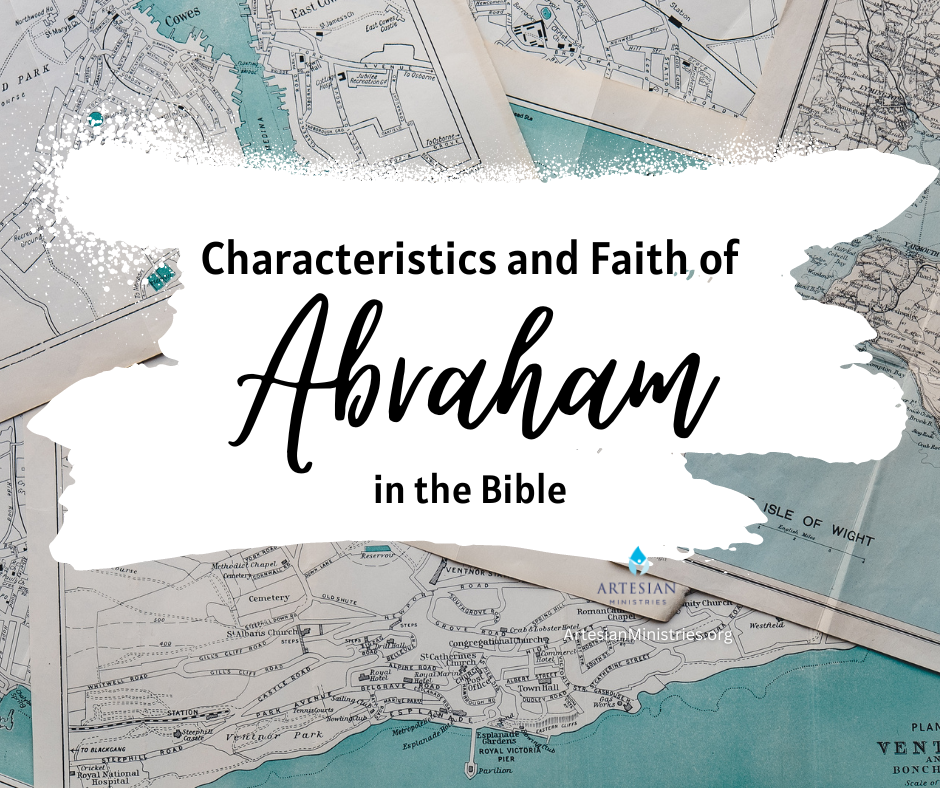
The Descendants and Their Nations
One of the most fascinating aspects of Noah’s sons is the extensive list of peoples and nations attributed to them in Scripture. This genealogy, sometimes called the “Table of Nations,” reads almost like an ancient census showing how diverse groups emerged after the flood.
Found in Genesis 10, this Table of Nations reflects descendants ranging from mighty kings to obscure tribes. Their names paint a picture of a growing, interconnected world. Understanding this network helps explain how the ancients saw history unfolding from a few key figures to a bustling global community.
According to God’s promise, their descendants range from known kingdoms to small tribes. Their names include established nations like Egypt and Assyria, but also smaller clans, showing a layered societal structure. The descendants’ names often carry meanings that hint at places, traits, or stories associated with those peoples.
This Table of Nations anchors stories about Israel’s neighbors and informs prophetic messages about nations’ fates.
Related: Meant for Good: A Study of Joseph
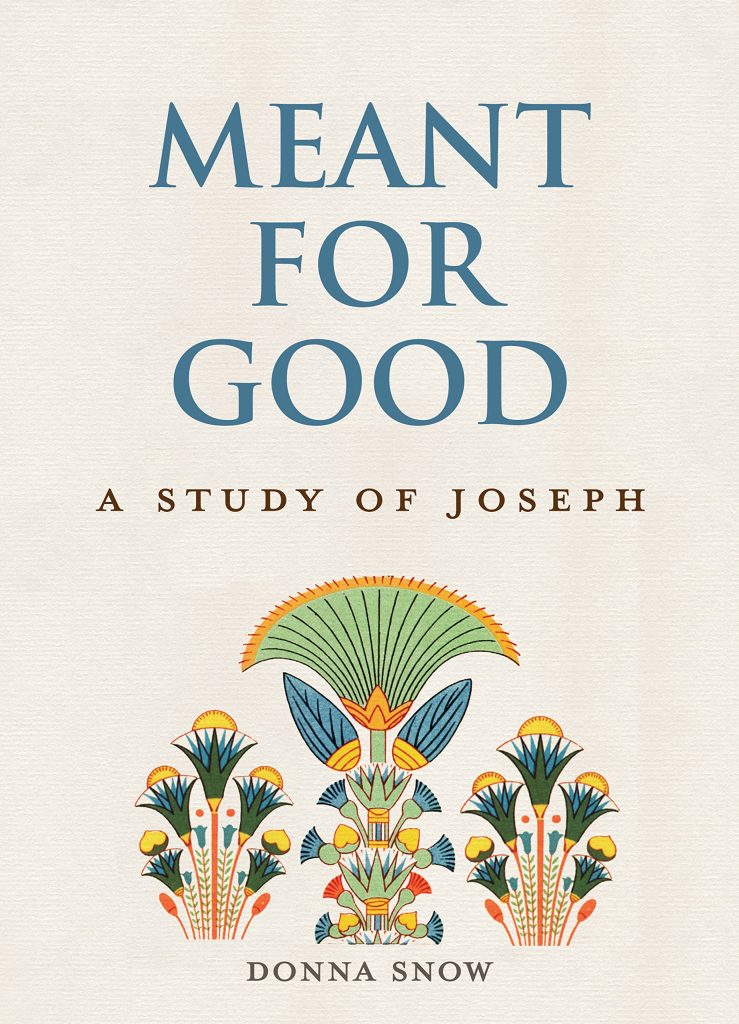
The Role of Noah’s Sons in Post-Flood Humanity
The narrative surrounding Noah’s sons extends beyond genealogy. It shapes how the ancient world viewed rebuilding and repopulating after a cataclysmic reset like the flood. They stand as representatives of fresh beginnings, each tasked (implicitly or explicitly) with cultivating different parts of the world.
This story inspired notions of human diversity under divine direction and historical progression. If you ever wondered why these three figures keep showing up in different stories and traditions, this section clarifies their foundational importance in the biblical worldview.
- They Are the Bridge from the Flood to Civilization: In biblical tradition, the sons personify the start of a new era, representing the survival and continuation of humanity after divine judgment.
- Ancient Texts Emphasize Their Dispersal: The spreading out of Noah’s sons to various regions is a key theme explaining how the earth was repopulated and cultures originated.
- They Embody Diversity and Unity: Together, they represent the variety of nations yet point to a common ancestry, fostering a sense of connectedness despite differences.
- Their Stories Inform Ethnic Relations: The relationships and perceived characteristics of their descendants influenced ancient attitudes toward different peoples and nations.
- The Sons’ Roles Are Theologically Significant: Each son’s story conveys moral and spiritual lessons about obedience, blessing, and consequences in post-flood humanity.
Related: The Biblical Meaning of Rainbows and Double Rainbows
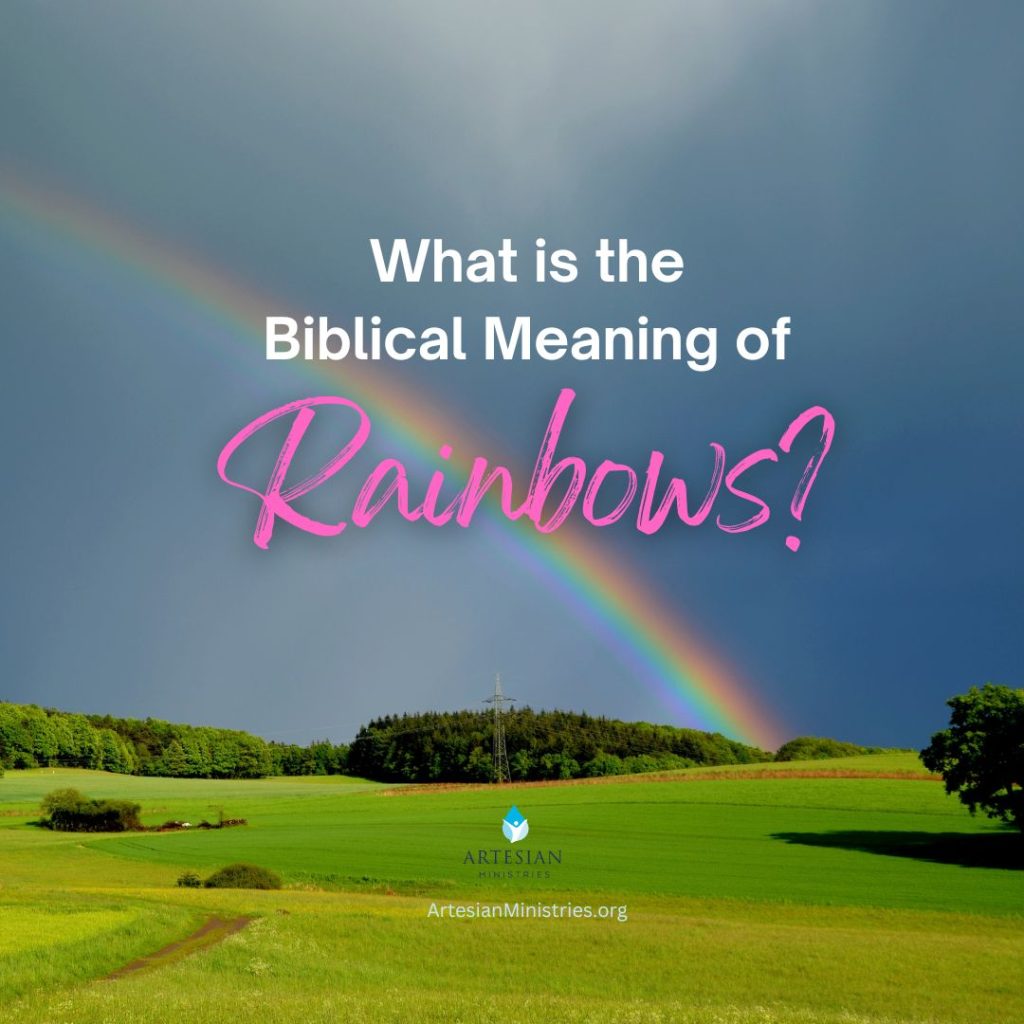
Interpretations in Different Religious Traditions
The story of Noah’s sons transcends just the Bible, weaving itself into Jewish, Christian, and Islamic traditions. Each faith imparts unique nuances, sometimes different emphases, and distinct lessons from their stories.
Exploring how various religions interpret Shem, Ham, and Japheth reveals cultural and historical adaptations of an ancient narrative. If you’re curious about why these sons mean different things to different people, this section offers a friendly guide through those differences.
- Jewish Interpretations Emphasize Covenant and Destiny: In Jewish tradition, Shem is often associated with the covenant people, and much emphasis is placed on genealogies that link to Israel’s history and God’s promises.
- Christian Views Highlight Moral and Prophetic Themes: Christianity often focuses on the blessings and curses pronounced on the sons, interpreting these in light of Jesus Christ’s mission and universal salvation messages.
- Islamic Tradition Names the Sons Differently: The Qur’an mentions Noah’s family but does not detail the sons by name, although Islamic exegesis sometimes identifies parallel figures with unique narratives emphasizing submission and righteousness.
- The Interpretation of Ham’s Curse Varies: Different traditions understand the “curse of Ham” story in contrasting ways, reflecting theological and ethical considerations over time.
- Symbolic Uses Across Traditions: Each faith uses the sons’ stories symbolically to teach messages about identity, morality, and divine justice.
Common Myths
Myth: All religions agree on the exact role and identity of Noah’s sons.
Truth: Interpretations vary widely, influenced by doctrinal teachings and cultural context.
Myth: The “curse of Ham” universally justifies historic racism.
Truth: Many religious scholars reject racist readings and interpret the text in historical, moral, or spiritual contexts.
Myth: Noah’s sons’ stories are irrelevant outside Judaism and Christianity.
Truth: Islamic and other religious traditions also incorporate variations of these narratives with unique insights.
Related: The Lineage of Jacob and His Family Tree in the Bible
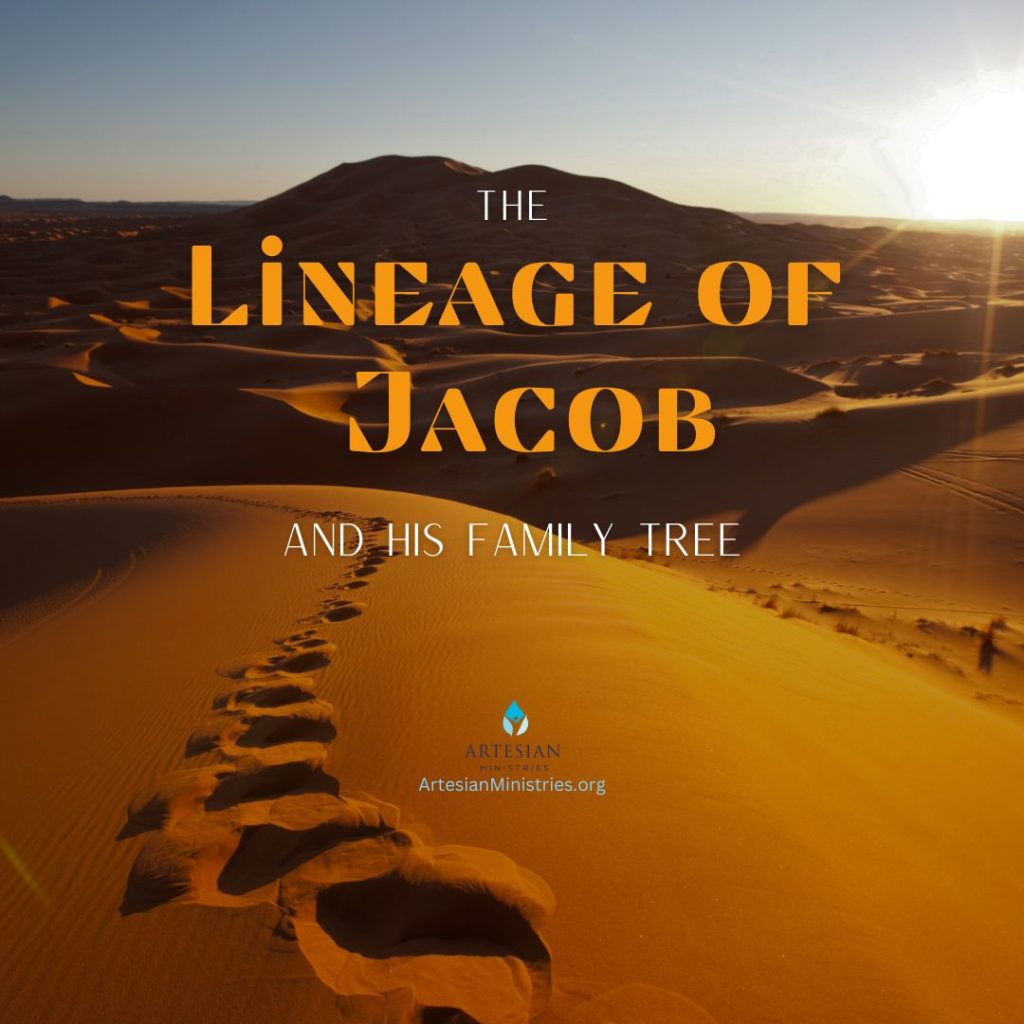
Historical and Archaeological Perspectives
The story of Noah’s sons isn’t just theological. It draws curiosity from historians and archaeologists who look for traces of these lineages and their spread in real-world artifacts, inscriptions, and settlement patterns.
Archaeology offers fascinating clues that intersect with the idea of family lines and migrations described in the Bible. This section shows you how evidence and faith meet, and sometimes clash, when reconstructing ancient human history.
- Archaeology Supports Some Geographic Claims: Excavations in Mesopotamia, Egypt, and the Mediterranean uncover cultures once linked to Noah’s sons’ descendants.
- Inscriptions Mention Ancient Peoples Corresponding to Biblical Names: Texts like the Amarna letters and Assyrian chronicles name groups similar to those traced back to Shem, Ham, and Japheth.
- Evidence of Migration Patterns Parallels Biblical Accounts: Archaeology finds waves of population movements that align loosely with traditions about the sons’ descendants spreading out.
- Conflicting Timelines and Interpretations Exist: Dating artifacts and settlements often challenges literal biblical chronologies, prompting reinterpretations rather than rejection.
- Interdisciplinary Studies Enrich Understanding: Combining linguistics, anthropology, and archaeology helps clarify how these ancient peoples lived and moved.
Common Myths
Myth: Archaeology fully confirms the biblical accounts of Noah’s sons and their descendants.
Truth: Archaeology offers supportive data but cannot conclusively verify all biblical genealogies or events.
Myth: No archaeological evidence relates to the Table of Nations.
Truth: Several ancient sources indirectly reference ethnic groups mentioned in the biblical list.
Myth: Discrepancies between archaeology and the Bible invalidate the entire narrative.
Truth: Conflicts inspire deeper study and improved interpretive models rather than wholesale dismissal.
Related: Jacob and Esau: Polar Opposite Twins in the Bible
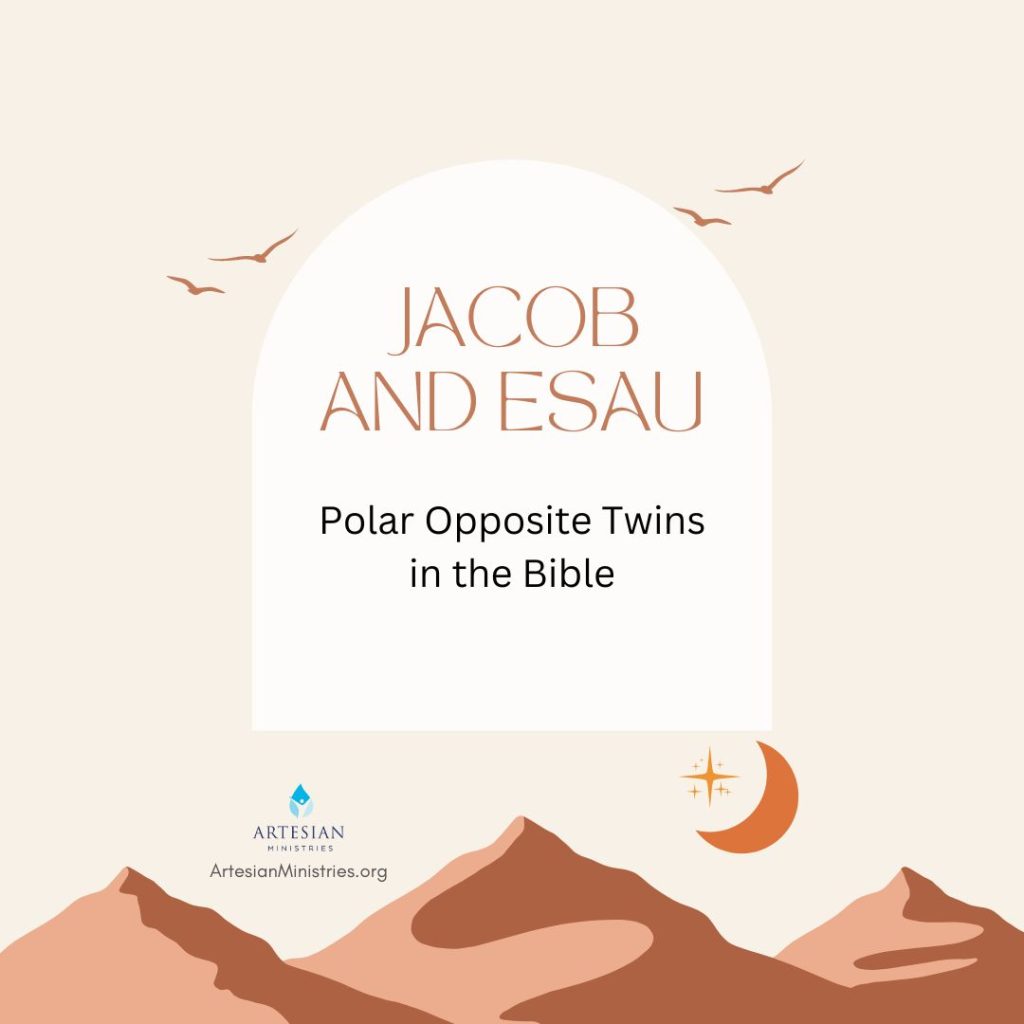
The Symbolism Behind the Sons of Noah
Noah’s sons function not only as historical or genealogical figures but also as rich symbols within the biblical narrative. Their stories represent broader themes like human nature, divine justice, and the complex tapestry of nations.
By viewing them symbolically, you can uncover layers of meaning that go beyond literal readings, offering spiritual and ethical lessons relevant even today. This symbolic approach helps unlock why these characters endure in storytelling and religious reflection.
- Shem as the Symbol of Righteousness and Covenant: He often represents those who remain faithful to God’s ways, embodying spiritual continuity and blessing.
- Ham Symbolizes Disobedience and Consequence: While a complex figure, Ham’s story is frequently read as a caution about disrespect and its repercussions, though interpretations vary greatly.
- Japheth Reflects Expansion and Inclusivity: Japheth’s descendants signify the broadening of humanity and incorporation of diverse peoples into the divine plan.
- The Curse of Ham as Moral Allegory: Rather than a family dispute, this event symbolizes the impact of sin and fractured relationships in the human story.
- The Three Sons as a Unity-Diversity Theme: Together, they epitomize the balance between unity under one creator and diversity of nations and cultures.
Common Myths
Myth: All aspects of the sons’ stories are meant to be taken literally without symbolic significance.
Truth: Many biblical scholars and traditions emphasize their symbolic roles to communicate broader truths.
Myth: The symbolism supports racial or ethnic superiority theories.
Truth: Most theological readings reject supremacist interpretations and focus on moral and spiritual lessons.
Myth: Symbolism detracts from their historical importance.
Truth: Symbolic meaning and historical narrative coexist, enriching rather than conflicting.
Related: What is the Spiritual Meaning of Rain in the Bible?
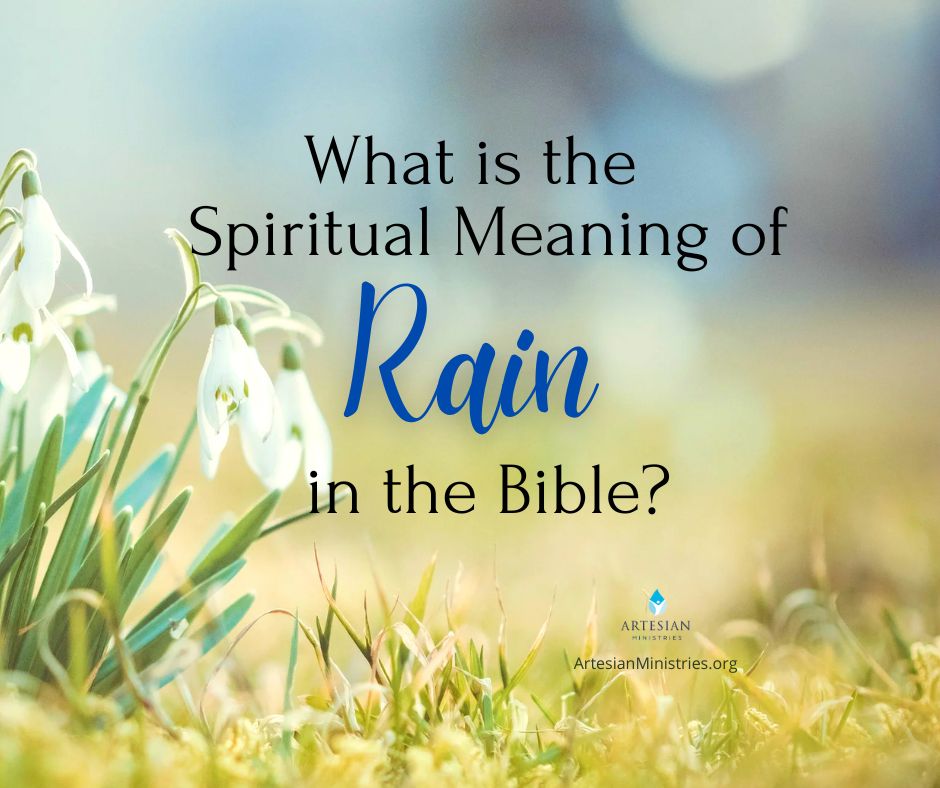
Impact of the Sons of Noah on Modern Genealogy Concepts
Even if tracing your ancestry back to Noah’s sons might sound like a stretch, their story influenced how genealogies developed over time. The Bible’s way of categorizing humanity into family groups, tribes, and nations set a precedent for later genealogical thinking in religious and secular contexts alike.
Studying this helps us understand how family histories became intertwined with identity, culture, and even politics across centuries. This isn’t just ancient history; it ripples into how we view kinship and people today.
- Biblical Genealogies as Early Ethnic Models: The descendants of Noah’s sons model ancient attempts to explain diversity through family ties and divine order.
- This Model Influenced Medieval and Renaissance Genealogies: Early Christian and Jewish authors used Noah’s lineage to map and legitimize royal and national ancestries.
- Genealogy as Identity and Authority Tool: Linking groups to Noah’s sons conferred a sense of legitimacy, divine favor, or destiny, impacting historical politics and culture.
- Modern Genealogy Abstracted from Ancient Origins: While current genealogy relies on DNA and historical records, the stories of universal ancestors still color cultural imagination.
- The Noahic Model Reflects Humanity’s Quest for Connection: Their story illustrates a timeless human desire to understand where we come from and how we belong.
Common Myths
Myth: Modern genealogy directly traces back to Noah’s sons biologically.
Truth: The biblical genealogies are theological narratives, not scientific family trees.
Myth: The sons’ lineages had no influence beyond religious contexts.
Truth: Their stories shaped broader cultural understandings of ethnicity and heritage.
Myth: Genealogy has always been factual and objective.
Truth: Early genealogies mixed history, myth, and ideology to serve societal needs.
Related: Strong and Courageous: Studying God’s Promises in Joshua
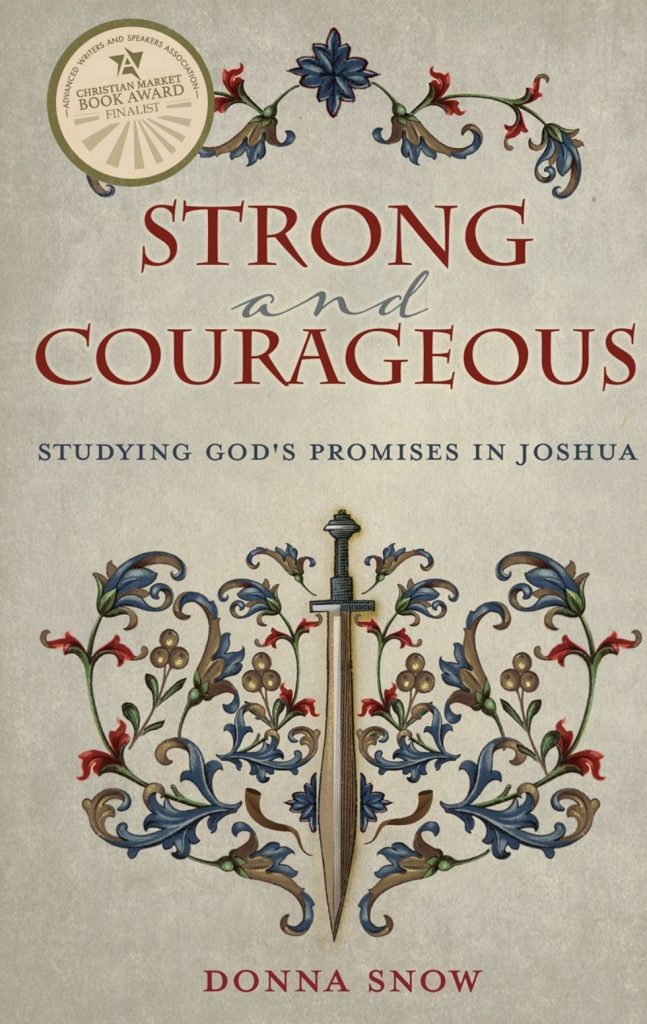
Common Misunderstandings About Noah’s Sons
With a story so ancient and widely referenced, it’s easy for misunderstandings and myths to arise around Noah’s sons. These misconceptions can cloud reading and cause confusion, especially when modern ideas are projected back onto ancient texts.
Clearing up these misunderstandings helps you approach the biblical narrative with fresh eyes and appreciate the story as it was meant to be understood in its cultural and theological context.
- Not All Traditions Agree on Details: Variations exist in names, numbers, and descendants, reflecting the diverse oral and written traditions behind biblical texts.
- The Curse of Ham is Often Misinterpreted: The story is complex, with debates about its scope, meaning, and implications rather than a straightforward condemnation.
- Descendants’ Identities Are Part-Historical, Part-Symbolic: Many names serve both as ethnic identifications and theological symbols, creating layered meanings.
- Modern Racial Constructs Don’t Apply: Ancient understandings of ethnicity and identity differ significantly from contemporary racial categories.
- The Table of Nations Is Not A Scientific Classification: It is a theological and narrative tool that explains humanity’s diversity from a particular worldview.
Common Myths
Myth: The curse on Ham’s son justified discrimination throughout history.
Truth: Most scholars agree such uses are distortions, not faithful interpretations.
Myth: The sons’ descendants map directly onto current ethnic groups without changes.
Truth: Population histories are complex and fluid, resisting simple mapping.
Myth: Noah’s sons’ narrative is just an ancient family tree with no broader meaning.
Truth: It carries deep cultural, religious, and moral significance beyond genealogy.
Related: What Does the Bible Say About Drugs and Addiction?
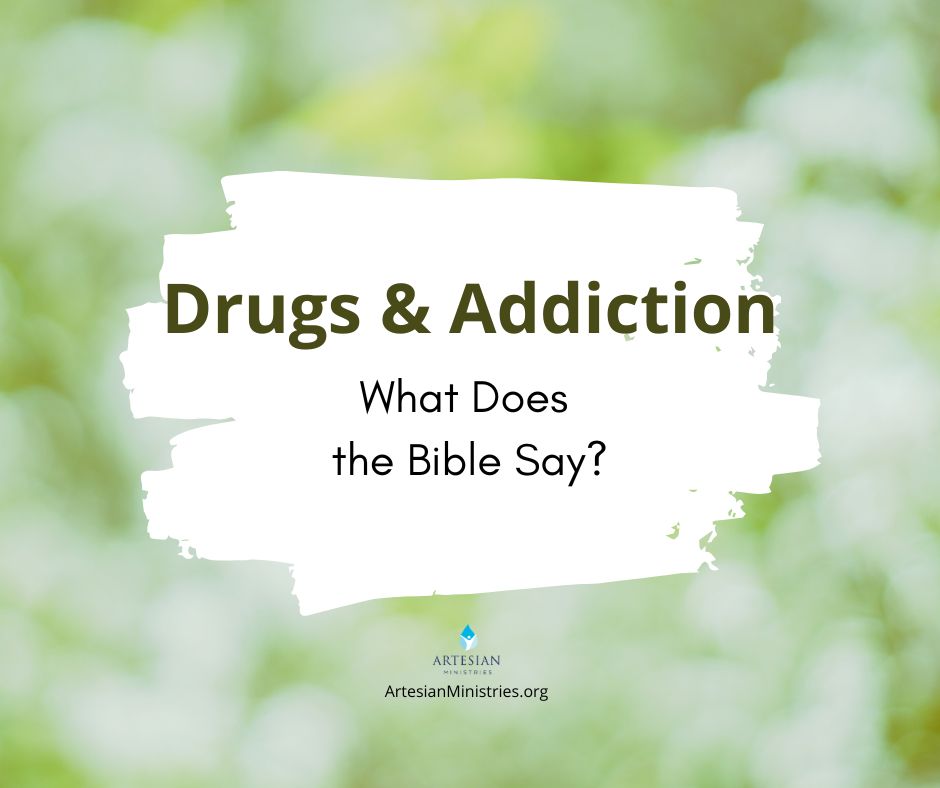
Legacy of Noah’s Sons in Literature and Culture
From medieval manuscripts to modern novels, art, and film, the figure of Noah’s sons has echoed through human culture in unexpected ways. Their stories have been retold, reinterpreted, and sometimes reinvented to speak to new audiences and concerns.
Understanding this legacy shows you how ancient themes persist and adapt, reflecting humanity’s ongoing fascination with origins, family, and identity. Their presence in culture reminds us that these stories are living narratives, still shaping imaginations.
- Medieval and Renaissance Writers Drew on the Sons for World Histories: Chronicles and tales incorporated Noah’s sons to legitimize kingdoms and trace global human connections.
- They Appear in Religious and Secular Art: From stained glass to paintings, their figures symbolize broader themes of survival, blessing, and cultural diversity.
- Modern Literature Reinterprets Their Stories: Authors often use their narratives metaphorically to explore themes of family, identity, and morality.
- Popular Culture References Vary Widely: Appearances in films, TV shows, and novels often allude to the sons in contexts of human diversity and origins.
- Their Stories Influence Educational and Cultural Programs: They remain a staple in teaching about biblical narratives and cultural history worldwide.
Common Myths
Myth: The legacy of Noah’s sons is purely religious with no cultural influence.
Truth: Their stories permeate a wide range of cultural expressions beyond religion.
Myth: Artistic depictions always follow biblical descriptions literally.
Truth: Many artworks creatively reinterpret the sons’ imagery and symbolism.
Myth: Contemporary culture ignores ancient biblical figures like Noah’s sons.
Truth: They continue to inspire creative reinterpretations and discussions today.
Related: What is the Longest Psalm Contained in the Bible?
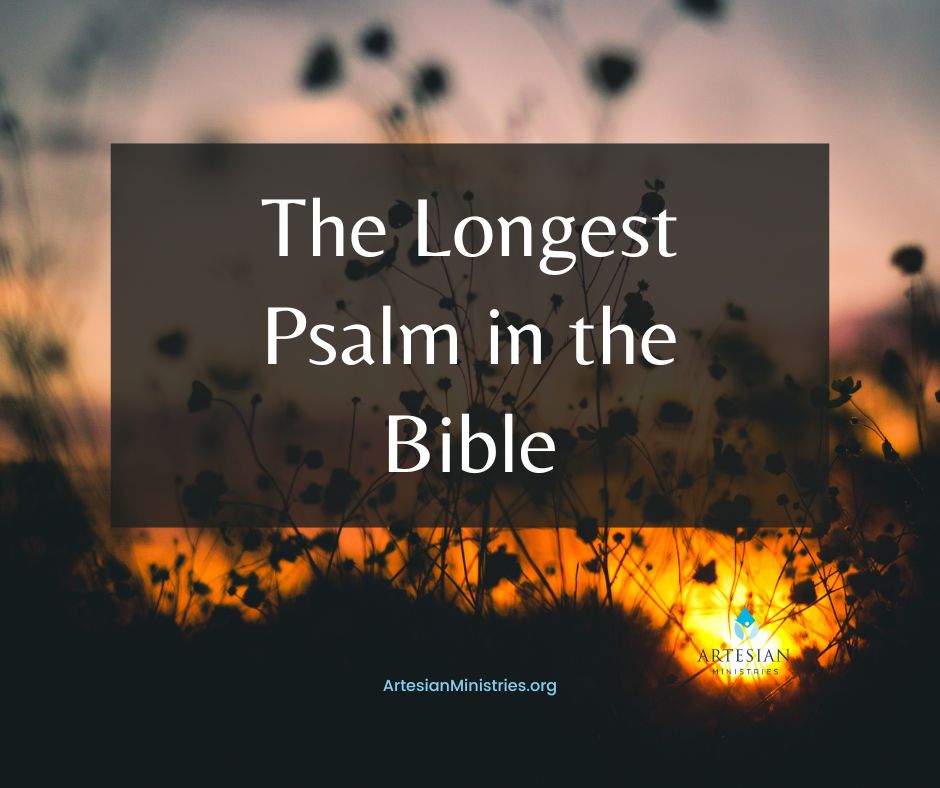
Bottom Line
The sons of Noah are more than just genealogical figures in an ancient text—they are storytellers of humanity’s early journey after the flood. Their lives, legacies, and the nations they spawned provide a rich tapestry that connects faith, culture, and history. By exploring their stories with an open and thoughtful heart, you gain deeper insight into the roots of many peoples and the timeless quest to understand where we all come from.
Related Posts:
- Best Bible Reading Plans
- Warriors in the Bible: 13 Essential Life Lessons to Learn
- 50 Motivational Bible Verses About Aging Gracefully
About the Author
Donna is a sought-after speaker, multi-published author, and Bible teacher. Her path from unchurched to becoming passionate about sharing Jesus was difficult. Read about her God-breathed journey: “From Unchurched to Becoming a Multi-Published Author and Sought-After Speaker.” If you want to send Donna a quick message, visit her here.
{Some of these links are affiliate links. If you purchase through that link, the ministry may receive a small commission at no extra cost to you.}
